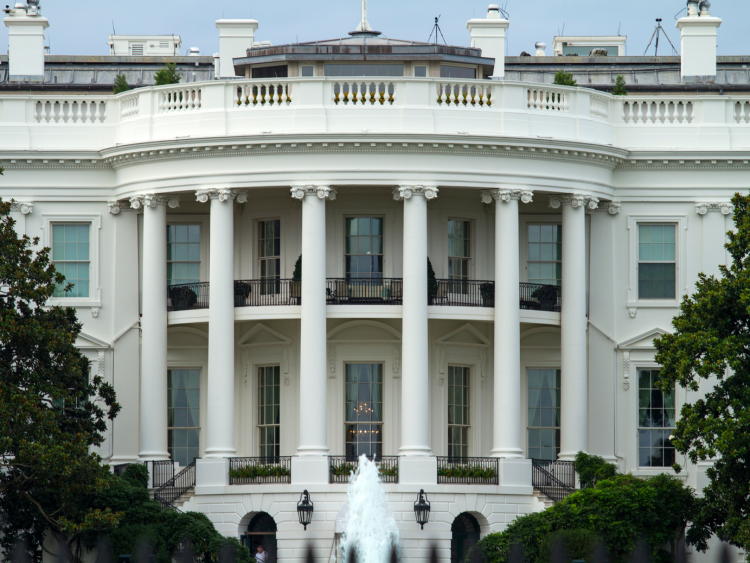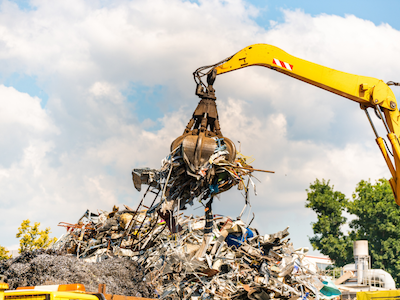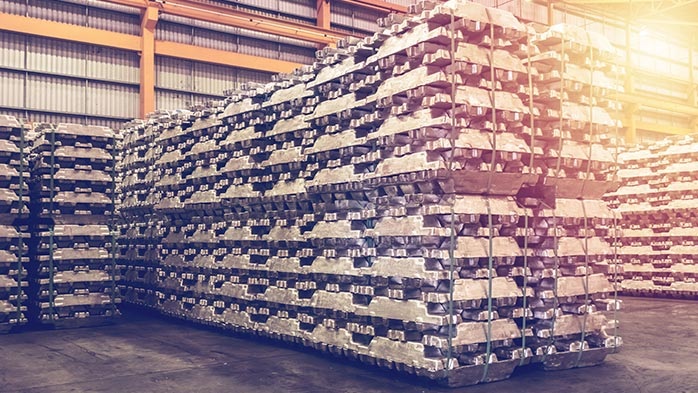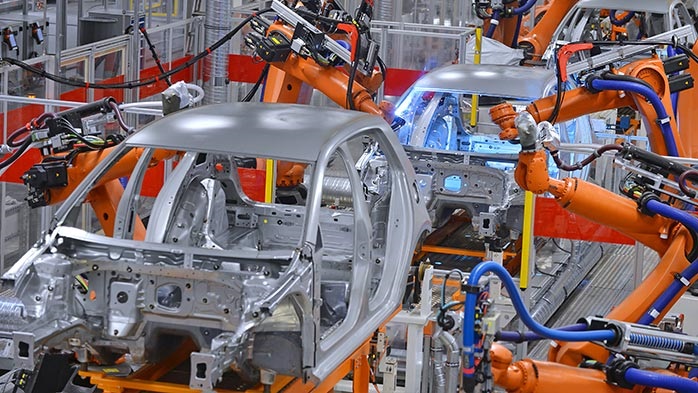Carbon Neutral Initiatives

July 9, 2025
Manufacturing tax credit to sunset under Trump bill
Written by Stephanie Ritenbaugh
Among the items in the so-called One Big Beautiful Bill, a nickname for the recent budget reconciliation law, that President Trump signed last week is one that will phase out a key Biden-era tax credit used by many manufacturers, including those in primary aluminum.
Section 45X of the Internal Revenue Code implemented the advanced manufacturing production credit established by the Inflation Reduction Act of 2022, which aimed to incentivize the production of “eligible components” within the United States. “Eligible components” include certain solar energy components, wind energy components, inverters, qualifying battery components, and applicable critical minerals.
Under the Inflation Reduction Act, the tax credit was equal to 10% of the production cost.
However, the latest bill will sunset Section 45x by 2030.
“The 45x production tax credit for critical minerals like aluminum is vital to promoting manufacturing investments, particularly in primary aluminum production,” Will Brown, vice president of government relations and international programs at the Aluminum Association, told AMU.
Industry participants say the timeline simply doesn’t match the reality of project development.
Bringing a new smelter can take five to six years and cost about $6 billion. There has not been a new smelter built in the U.S. since Century Aluminum built its Mt. Holly smelter in South Carolina in 1980.
“While the industry fully supports Congress’ action to maintain this vital provision, allowing the program to begin phasing out in 2030 will not provide the industry enough reliability or time to attract new investment and is unlikely to benefit aluminum manufacturers whose investments are expected to come online between now and 2030,” he continued.
“The Aluminum Association will continue to work with the administration and Congress to underscore how critical 45X is to supporting aluminum industry growth and the need for a longer time horizon,” Brown said.
The bill phases out the tax credit by 75% in 2031; 50% in 2032; 25% in 2033; and eliminates it entirely in 2034.
Energy load
As AMU has noted, smelters require a significant amount of energy. The set-to-expire Section 45x tax credit also provided partial relief from power costs, serving as one of the few federal incentives offsetting the energy burden faced by domestic smelters.
In fact, affordable energy was a major factor in the full closure or idling of more than 30 smelters in the past 45 years – most recently, the idling of Century’s Hawesville smelter, curtailments at Century’s Mt. Holly facility, and shuttering of Magnitude 7’s New Madrid plant.
Now, those facilities are competing with other large-scale electricity consumers, namely data centers supporting AI, which are rapidly straining grid capacity in several U.S. regions.
Section 45x’s support for U.S. smelters
There are four active primary smelters in the U.S. – two operated by Pittsburgh-based Alcoa and two by Chicago-based Century Aluminum.
Century Aluminum’s 2024 net income received a sizeable $92.6 million boost from the Section 45x credit, lifting its net earnings to $321 million. The company’s bottom line would’ve been closer to $228 million without it.
Alcoa, by contrast, recorded a more modest benefit of $71 million, which included a non-recurring $30 million portion applied directly to the cost of goods sold at its Massena, NY, and Warrick, IN, smelters.
Even excluding that one-time $30 million portion, Alcoa’s tax credit still prevented it from posting a loss for the year and put the company in the green at $24 million. The company noted a $60-million headwind heading into 2025, partially stemming from the non-recurring nature of the total 2024 credit, underscoring how impactful it is to bottom-line stability.
As the credit phases out through 2034, domestic smelters will face pressure to absorb energy and materials inflation through operational efficiency in lieu of any additional support mechanisms.
Projects on the radar
Several smelter and casting projects have been proposed over the last year. Some were awarded funding through the Biden bills; others have come after.
In 2024, Century Aluminum was awarded up to $500 million for a green aluminum smelter to be located in Kentucky or the Ohio/Mississippi River Basins through the Infrastructure Investment and Jobs Act and the Inflation Reduction Act.
Constellium was awarded up to $75 million for a low-carbon SmartMelt furnace conversion in Ravenswood, West Virginia; and Golden Aluminum was awarded up to $22.3 million for a Nexcast – Next Generation Aluminum Mini Mill in Fort Lupton, Colorado, also through the Biden bills.
Emirates Global Aluminium (EGA) announced plans to build a greenfield, 600,000 metric ton/year smelter in Tulsa, OK., as part of a $1.4-tillion investment in the U.S. by the United Arab Emirates. Construction could start by the end of this year, with first metal “by the end of the decade,” per press releases. This project was announced after Trump did a tour of the Middle East in May.








